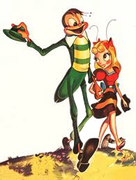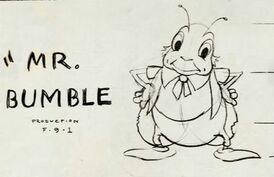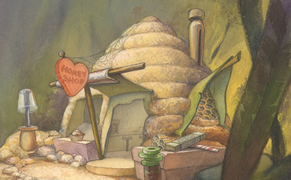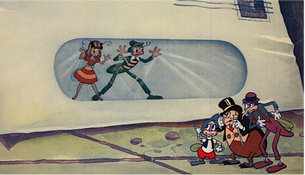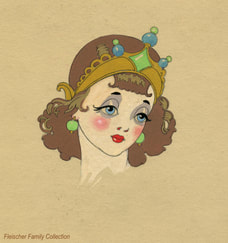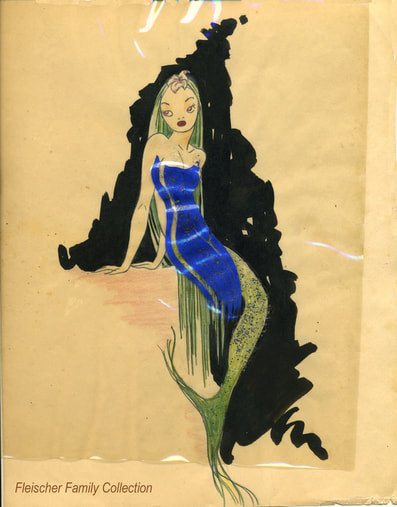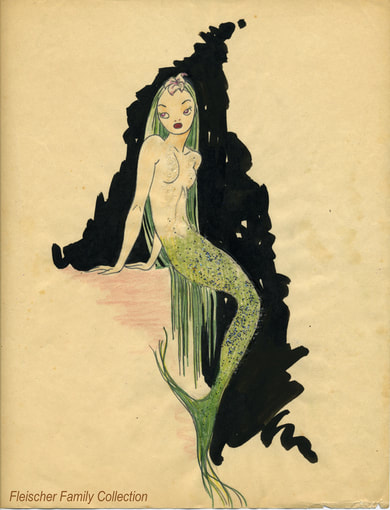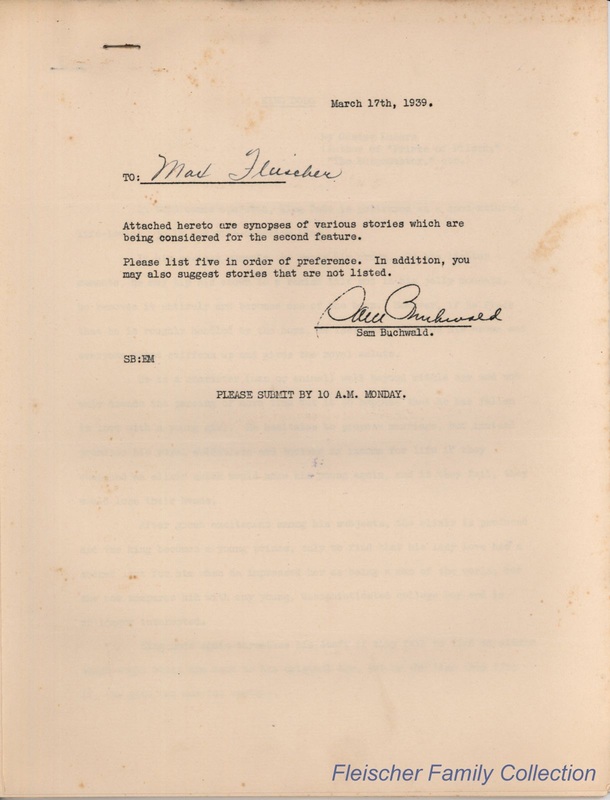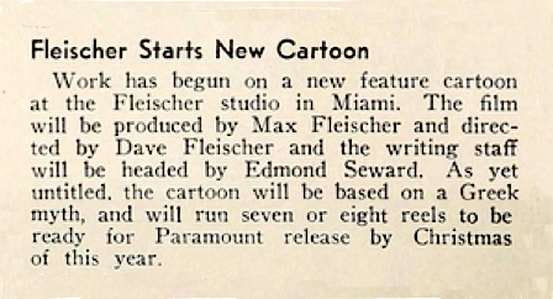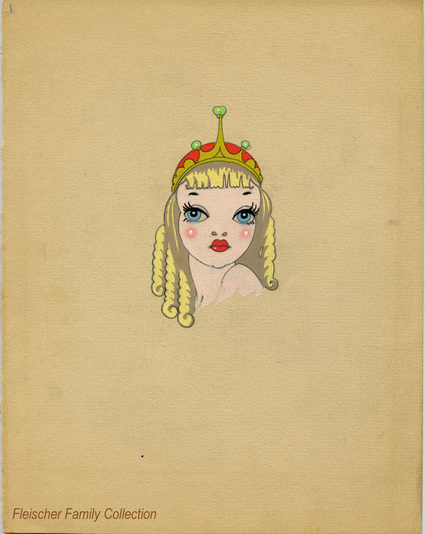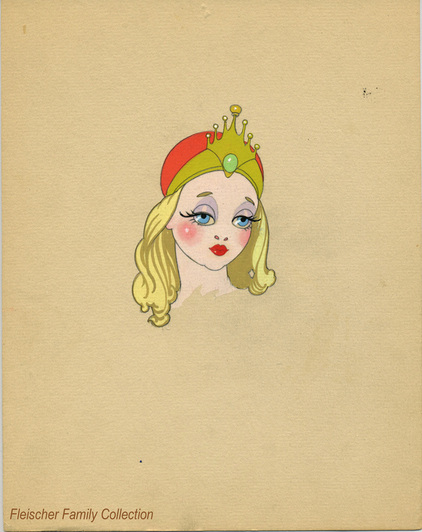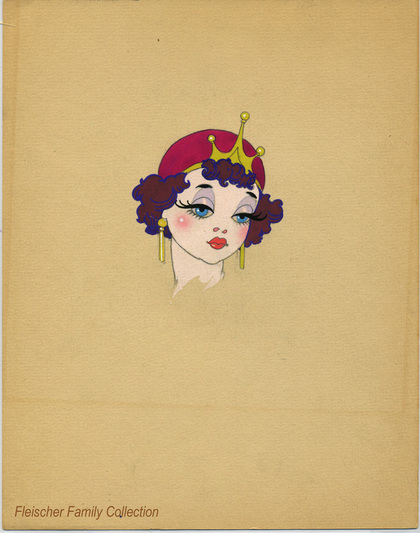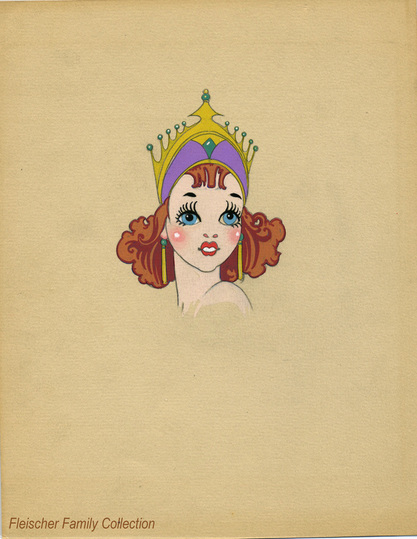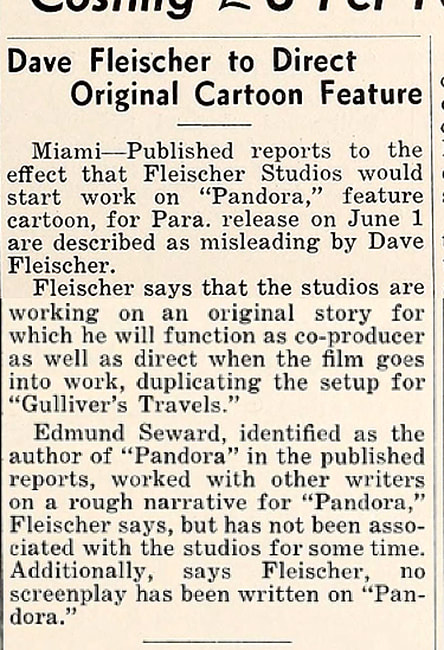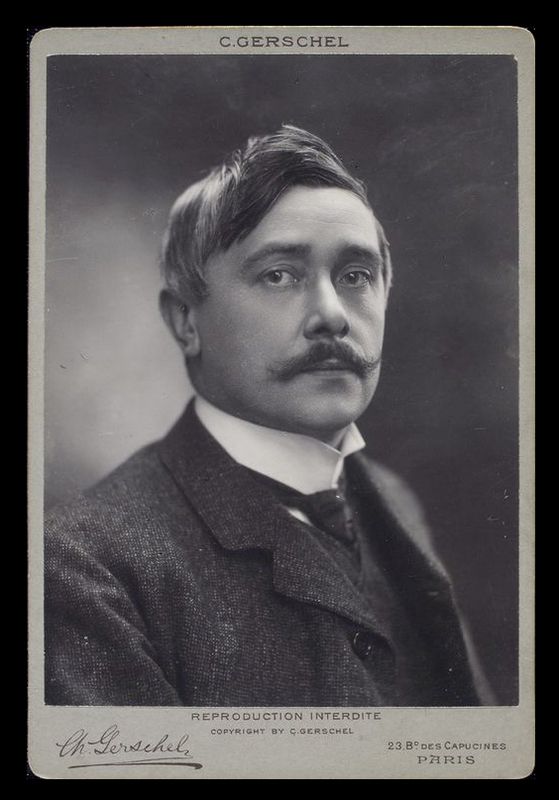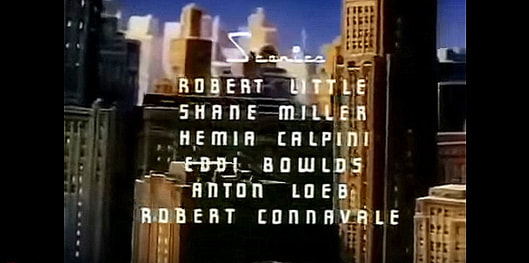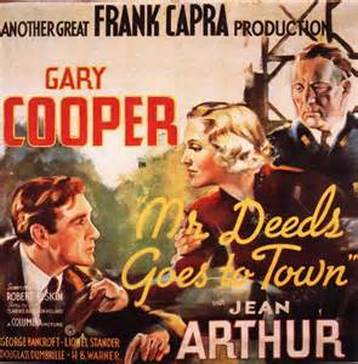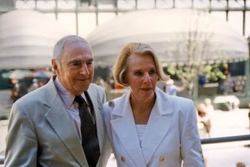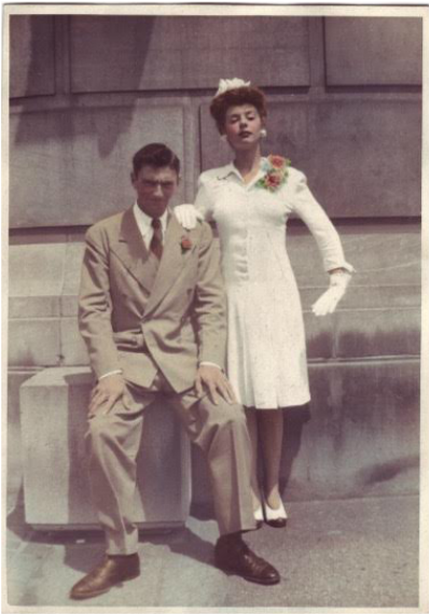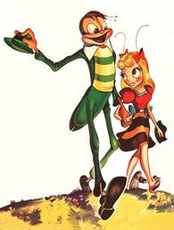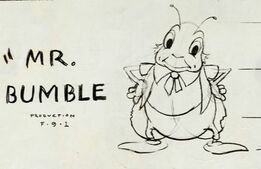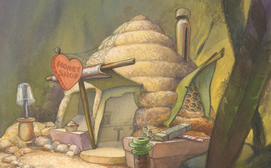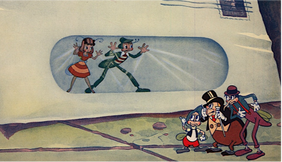|
With the commercial success of Gulliver's Travels in December 1939 and Fleischer Studios with its 700-plus staff members now happily settled in Florida, the Fleischers were eager to get started on their second full-length feature film. And Paramount, with optimism riding high even before Gulliver’s opening, had already given them the green light. By March 1939, Fleischer Studios was already hard at work developing ideas for their next feature-length film!
Story Concept #1: Mythology
Early on in the process, Paramount executives weighed in with their ideas for the Studios' second feature film, narrowing their choices down to four possible stories with a preference for those based on themes from mythology. With this in mind, a memo was distributed to upper level Fleischer staff in March 1939 containing five story ideas they could vote on, including one based on the Greek myth Pandora.
But Max Fleischer, who had read the story, was intrigued by the work that had so baffled Goldwyn; so intrigued that nearly a decade later he proposed The Life of the Bee as the subject for the Studios' next animated feature. As Leonard Maltin writes in his book Of Mice and Magic, the Fleischers tried to acquire the screen rights to The Life of the Bee only to discover that - unfortunately - they were not available.
Story Concept #3: Bugs!
Returning to the drawing board yet again, the Fleischers decided that this time they would develop a feature film that was entirely their own; no more scripts dependent acquiring rights from others, no more stories borrowed from well-worn fairytales and folk stories (which until then had served as the source material for most animated films). Inspired by Materlinck's concept, Max started with a cast of insects, but the story was all his own. This was a major departure from the norm, which was to use old stories that took place long ago, either in a real or imagined version of the past. Mr. Bug was an original modern story, set in present day.
Just as there are good and bad bugs in Bugville, there are bad and good humans as well. Hoppity even manages to get himself involved with the fortunes and future of a human couple, Dick and Mary, an effort that – through many twists, turns, disappointments and near disasters – ultimately pays off for Hoppity and all the inhabitants of Bugville.
Did the writers intend this to be a cautionary tale about how carelessly humans were impacting the environment? Max himself had a specific interest in presenting layman's versions of important scientific and philosophical ideas. Two of Fleischer’s early films set out to explain Evolution and the theory of Relativity to audiences, and the underlying theme of Gulliver’s Travels was the folly of war and its dangerous impact on mankind.
|
|
© TM & © 2023 Fleischer Studios, Inc.
Press & Media Inquiries: info@fleischerstudios.com Licensing & Product Inquiries: Global Icons General Information: fleischerstudios@fleischerstudios.com Terms of Use | Privacy Policy |
License Betty Boop through Global Icons, Inc.
|
